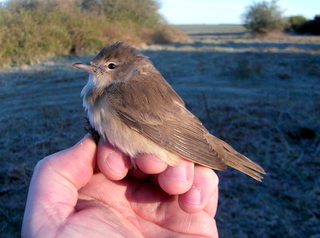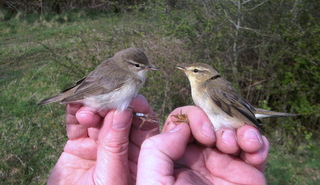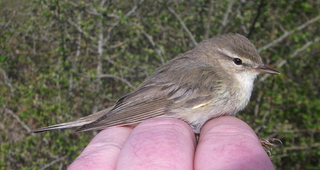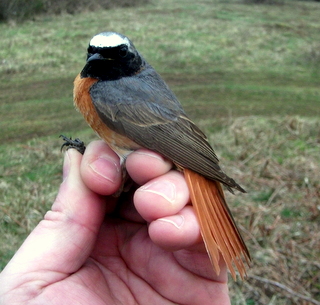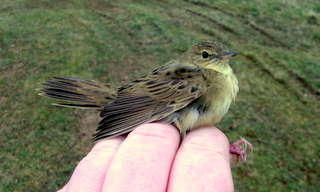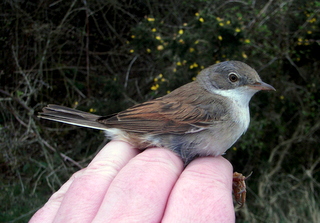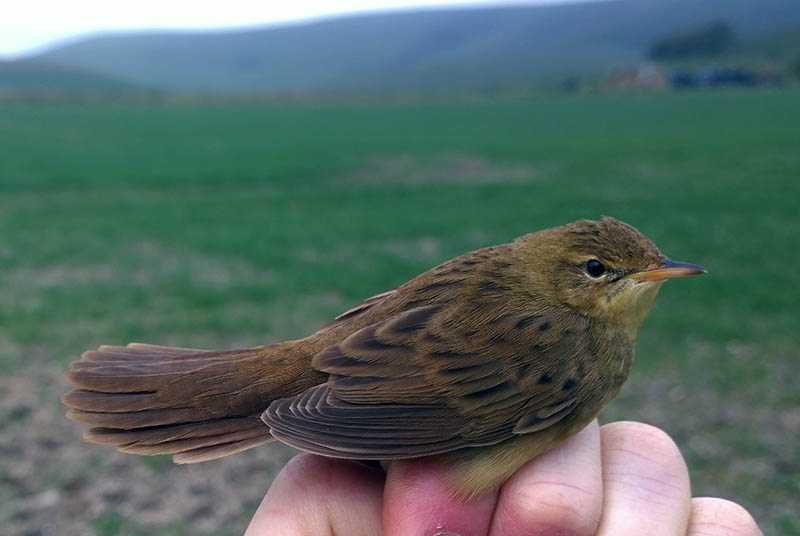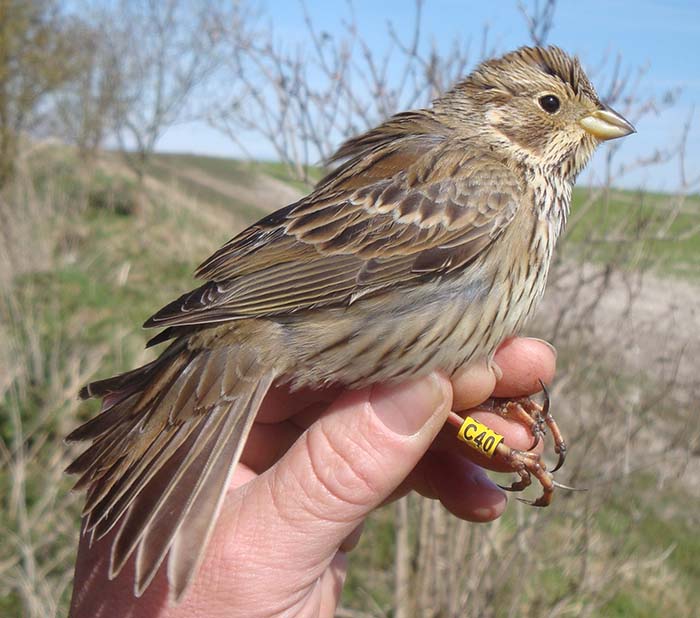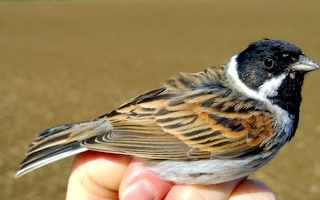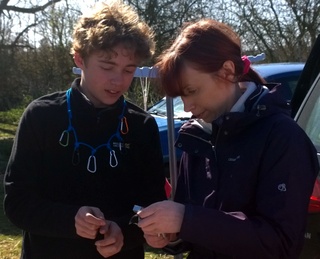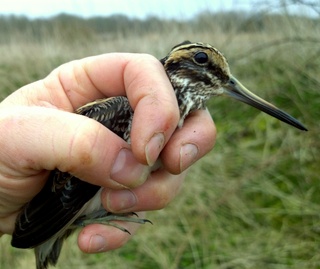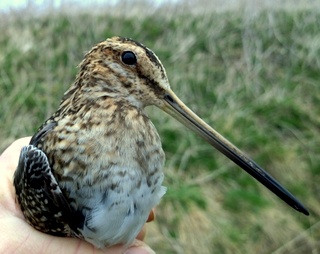30th April 2016 - Salisbury Plain (centre)
The forecast was for potentially quite breezy conditions by mid-morning with a cold start but the chance to catch some more quality migrants was too good to pass up.
The cold morning turned into a -2°c start with a considerable frost so that some of the first nets we put up had a bit of a frosty sheen to them but thankfully this didn't effect the catch and it soon warmed up. A few Grasshopper Warblers were reeling away early on with some putting more effort into it than others as the closest one gave a few seconds of half speed song which soon stopped once we went over to investigate and a Cuckoo was calling in the far distance.
It soon became apparent that it was going to be a good warbler morning with lots of Blackcap and Willow Warbler around supported by a lot of Whitethroat that started moving once it had warmed up a bit. A pair of Redstart were knocking around the female of which we caught late on and we also added a Grasshopper Warbler to the totals right at the end. as well as ringing our first Garden Warblers of the year.
The most interesting bird of the morning was a very pale and grey coloured Willow Warbler which looked good for a 'Northern' acredula type.
A very productive morning with 82 new, 25 retraps. GD PD OF AB
Wren 1, Dunnock 1, Redstart 1, Grasshopper Warbler 1, Sedge Warbler 3, Lesser Whitethroat 1(1), Whitethroat 14(2), Garden Warbler 3(1), Blackcap 33(3), Chiffchaff 2(4), Willow Warbler13(8), Goldcrest (2), Long Tailed Tit 1(1), Chaffinch 2, Goldfinch 3, Linnet 2, Bullfinch 1(1), Yellowhammer (1)

